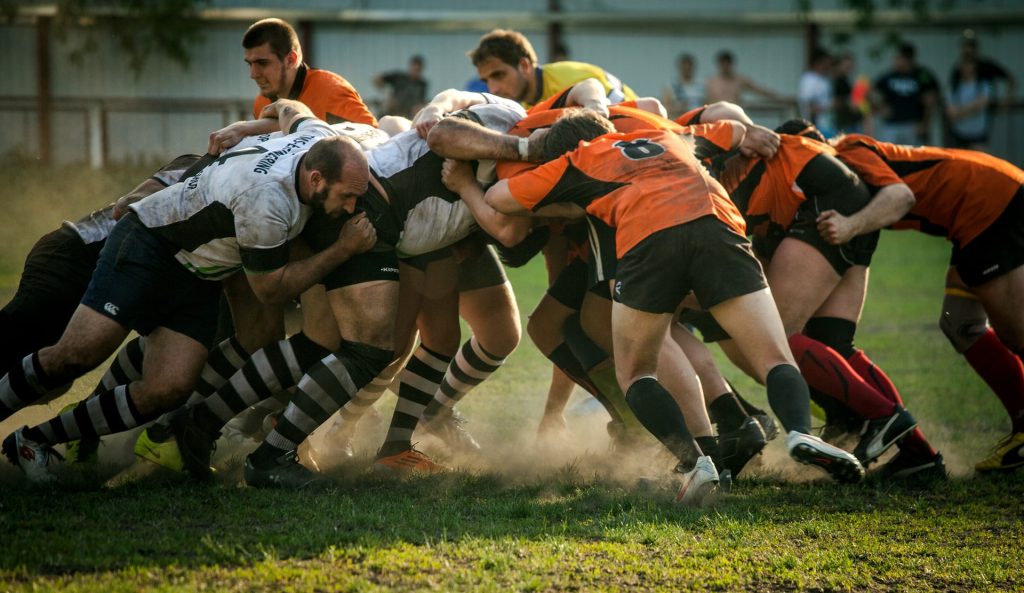Increased Risk of Hip Fractures for Women on Vegetarian Diets

Middle-aged women on vegetarian diets have a significantly higher risk of hip fractures than those on diets that include fish or meat, according to a long-term study publish in BMC Central. This risk remained even after accounting for the differences in available nutrient intake and body mass index.
Hip fractures greatly impact quality of life and and health outcomes, and carry a significant financial burden, with an average of $44 000 estimated to spent in the 12 months following a hip fracture. The growing trends of meat-free diets have prompted concern over their impact on hip fracture rates.
While increased intake of vegetable proteins has been associated with lower hip fracture risk, vegetarian diets have also been characterised by lower dietary intakes of nutrients that boost bone mineral density (BMD) and which are more abundant in animal products. Examples include total protein, calcium, vitamin D, vitamin B12, and ω-3 fatty acids, though the relationship with BMD is complex.
The researchers drew on data from the United Kingdom Women’s Cohort Study (UKWCS), and included 26 318 participants aged 35–69 who were classed into regular meat-eaters (> 5 servings/week), occasional meat-eaters (< 5 servings/week), pescatarians (eating fish but no meat) and vegetarians.
On average, vegetarians and pescetarians had a lower BMI (23.3 for both) than regular meat-eaters (25.2). At recruitment, regular meat-eaters had the highest prevalence of CVD, cancer, or diabetes (10.2%), and vegetarians the lowest (5.8%). A higher proportion of vegetarians reported never drinking alcohol. Regular meat-eaters reported the highest absolute dietary intakes of protein, vitamin D, and vitamin B12, whilst vegetarians reported the lowest. Calcium intakes were similar across the diet groups.
Before adjustments, compared with regular meat-eaters, vegetarians (hazard ratio 1.40) but not occasional meat-eaters (1.03) or pescatarians (1.04) had a greater hip fracture risk. Adjustment for confounders slightly attenuated these associations in the adjusted model, but the higher risk in vegetarians remained and was statistically significant: vegetarians 1.33; occasional meat-eaters 1.00; pescatarians 0.97.
However, even after adjustment for factors such as reported differences in nutrient intake and lower BMI, which is a known risk factor in hip fractures, the relative risk difference remained. This suggests that other, as yet unknown, factors related to the diets may be involved.



